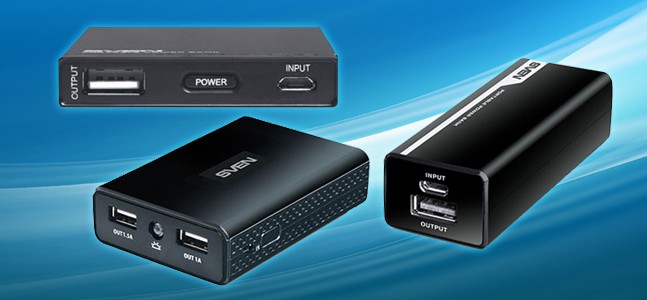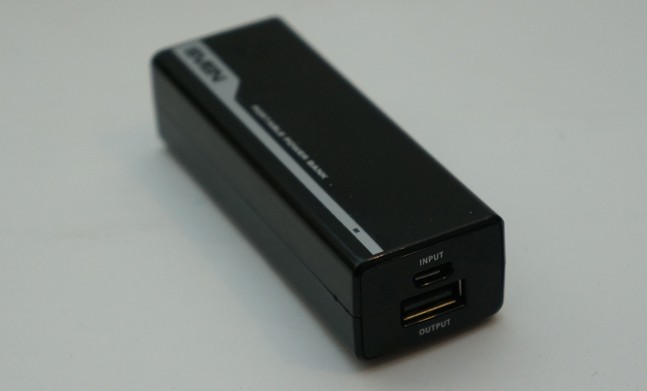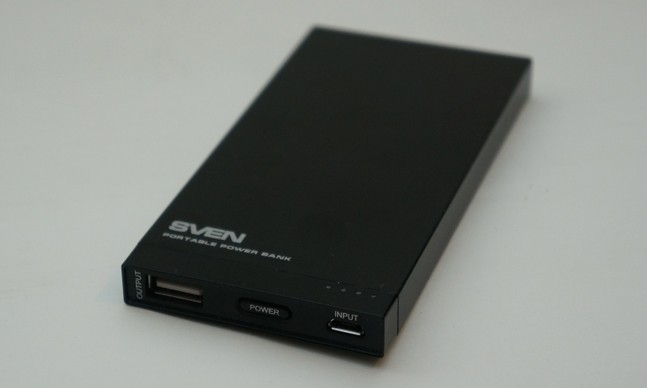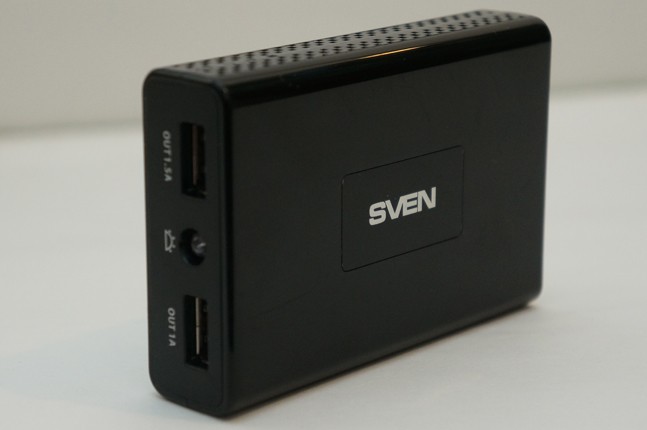Everything is good in modern telephones: you can both watch video, and listen to music, and take a picture, and use as a navigator. But only oodles of power is required for all these purposes, that is why late in the day a battery flings up the white flag and demands insistently to be connected to the socket. It would be a different matter if you are at home or in the office, but if you on the way home?
If you do not want to stare at passenger in the same subway car for forty minutes, you will be saved by storage batteries, which are able to “feed up” your device. The main thing there is to learn to select them.
How they were selected
The first rule – it is necessary to make a decision beforehand what device a battery is required for. If for a telephone, you cannot worry too much and pay your attention to its capacity only. If you also plan to charge additionally any iPad, then the second rule comes into effect, i.e. the current strength.
As a rule, 0.5 А provided by an ordinary USB is enough for smartphones. However, minimum 1A is required for tablet computers due to their high-capacity battery, but maybe the whole two. If you buy a battery with less capacity – then your tablet PC either will not see a connected device at all or it will be charged within such a long time that you get to your house quicker. In general, it is better not to risk.
It is necessary to approach to the selection of capacity sensibly. At first glance, it would seem that this is simple thing. You got to know from specifications of your device, how many mАh are required for it, bought a battery of equal or a little bit higher capacity and left to the forest for three-four days. Unfortunately, with such a backlog it can be turned out that you will be without communication just on the first halt.
And it is not a matter of the perfidy of producers, they specify the right capacity, but the matter is that a battery with stored charge usually does not provide the voltage 5 V required for modern devices. But in order to get them, you will have to use step-up circuits, but it means the energy loss – and quite considerable.
In operation
In order to understand what devices are really able with parameters declared by a producer, we took Sony Xperia Z3 phone with a battery for 3,200 mАh and three external batteries with the capacity from 2,200 to 6,600 mAh.
We chose a simple methodology. Initially we discharged the phone completely, then connected a charger to it in the turned off condition and calculated the total amount in percents. All batteries were ordered from one company, SVEN, to maintain the experimental integrity, which, in principle, must guarantee the equal circuit technology and losses on comptrollers.
MP-2214 was the simplest variant. It is supplied in an ordinary carton and is completed with a short USB-micro-USB cable and it looks neatly. A thick parallelepiped as big as four lighters Cricket can be housed in any pocket and it will not even weigh it down strongly, because its weight is 70 g only. What has been housed in this small device? Surprisingly – a great deal.
Connectors, micro-USB for charging and full-fledge USB with output voltage 5 V and current 0.5 А, have taken roots on the right butt. There is the charge indicator on the right side. When the battery is discharged, it blinks red, when the battery is charged in full, it is green. There is one disadvantage only: in order to light a bulb, you either have to connect any device to MP-2214 or to be connected to a socket. It is not very convenient – you will not be able to estimate quickly the level of charge before going to street, but it won’t hurt you.
More important thing there is the available battery. Its capacity is equal to 2,200 mAh, and it was enough to increase the charge of Xperia Z3 battery from zero to 43 %. It means that with all losses, the coefficient of efficiency of MP-2214 has been almost 60%; that is a very good result for such a small and inexpensive device. We can write as an advantage that besides “extra nutrition” of the telephone, MP-2214 has been cope with charging of iPad 3, which is terribly fastidious to the power quality.
Our second experimental model was MP-4017. Its packed content is the same – a box and cable, – but the appearance is more interesting. The case is made not of simple glossy plastic, but of polished aluminum, due to which the dimensions of the device are quite modest. Although the capacity of MP-4017 is practically two times higher, due to the use of polymeric but not lithium-ion battery, it is only a little bit bigger than iPhone 4s by its size and weight. Which means you can carry it in a pocket not only of your jacket, but also in trousers.
All other things in MP-4017 are a little better. There you will find “Power” button, with the help of which it is possible to the discharge level of the battery. The charge level indicator is made in the form of four separate LED indicators; that is much more convenient than one blinking bulb.
Regarding its technical part, USB does not provide 1 A at the input, but it quite rather shares energy and the built-in battery capacity is equal to 4,000 mAh. In terms of Xperia Z3 it means not 43, but 86% of charge. The design efficiency turns out less, of course, (approximately 60 against 45 %), but taking into account practically the same price for both devices and not big dimensions, you can close your eyes to this.
Those people, who are indifferent to the design and weight, will like more the model MP-6625. Everything is more serious there. Its weight is equal to 190 g and the thickness of this plastic small box makes 2.3 cm. Of course, main specifications are quite different. There are two USB outputs, so it is possible to be charged simultaneously both from 1 A port and from 1.5 A port or to connect two telephones to the battery simultaneously. A flashlight has appeared there, it is not a very important thing, but producers of such devices like them. Finally, like in MP-4017, there is a normal display of a charge level – four blue LEDs, which are activated with a button on the upper butt end.
Its capacity is equal to 6,600 mAh and it is a serious value. We succeeded in the phone charging for 100%, and after complete depletion we succeeded in increasing for 35% more. That is the coefficient of efficiency turned out to be practically 52%, what in terms of operation time of the phone makes about five days.
Although you should have a certain bundle of knowledge to approach to the selection of an external battery, there is nothing difficult in this matter. The main thing is to decide what will be charged, tablet PC or telephone, and then you should pay your attention to the battery capacity only. But with it, as evident from our results, everything is too simple. You should know the capacity of a device, multiply the result by two and we get approximately the required battery capacity, which that will be able to charge a telephone for one hundred percents.
As for the test having been conducted by us, we have liked SVEN batteries. Their coefficient of efficiency is rather big; they charge telephones and tablet PCs without problems, their price do not frighten at all. They want about RUB 850 for the junior model, RUB 1200 for the middle one and RUB 1500 for the elder. It is quite a reasonable price for a long operation.




